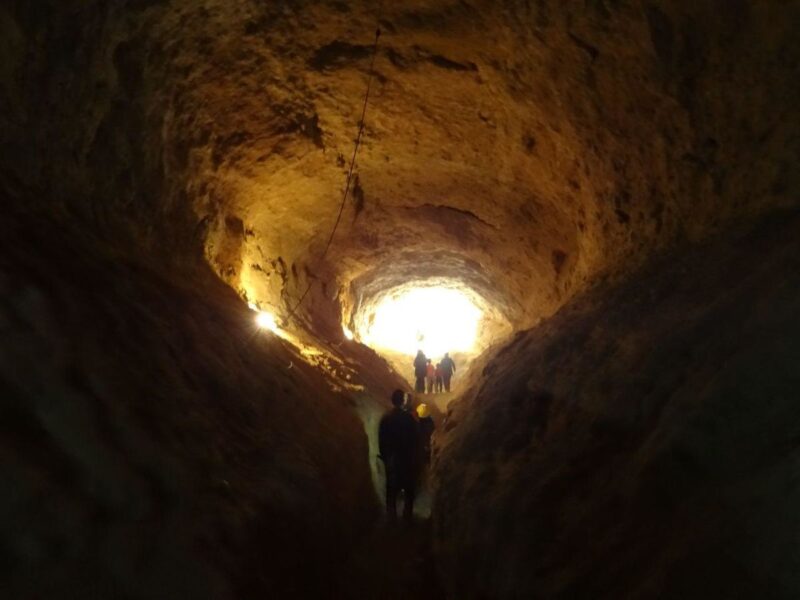Kasbah aqueduct: a masterpiece of Iranian civilization
Kasbah aqueduct, a manifestation of thousands of years of effort and creativity of Iranian people, is located 3 kilometers south of Gonabad city in Razavi Khorasan province. This aqueduct, which is known as one of the oldest and deepest aqueducts in the world, was registered in the UNESCO World Heritage List in 2015.
History of Qanat Kasbah:
The date of construction of Qasba aqueduct dates back to the Achaemenid period. It is said that this aqueduct was built by one of the Achaemenid kings named Darius I. Throughout the history, this aqueduct has been renovated many times. The last restoration of Qasba aqueduct was done in 1380.
Specifications of Qanat Kasbah:
The length of Qasba aqueduct is more than 33 km.
The depth of the well of Qanat Kasbah is about 300 meters.
The water flow rate of Qasba aqueduct is about 130 liters per second.
Kasbah aqueduct consists of 2 main branches and 6 branches.
The importance of Qanat Kasbah:
Kasbah aqueduct is one of the most important sources of drinking and agricultural water supply in Gonabad region.
Qanat Kasbah is one of the important tourist attractions in Razavi Khorasan Province.
Kasbah aqueduct is a symbol of thousands of years of effort and creativity of Iranian people in the field of water engineering.


